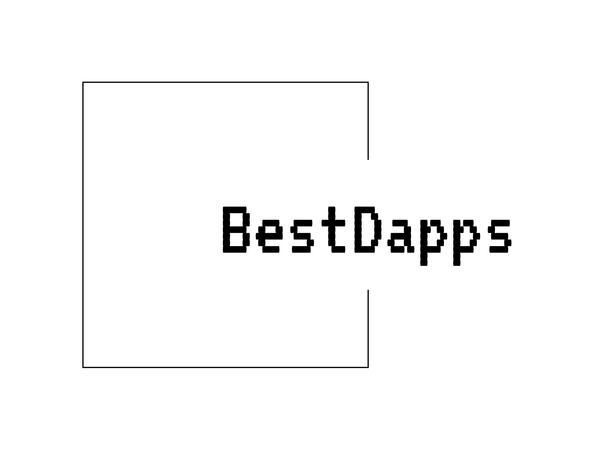
Empowering Voices: Governance in the Injective Ecosystem
Share
Governance in the INJ (Injective) Ecosystem
The INJ governance model plays a central role in the decision-making processes of the Injective ecosystem. INJ, as the native token of the Injective Protocol, is inherently tied to governance, allowing stakeholders to have a say in various protocol updates and operational facets. In an ecosystem where decentralization is key, governance mechanisms enable participants to contribute directly to the evolution of the protocol.
Decentralized Autonomous Organization (DAO) Governance
Injective operates under a decentralized governance model, leveraging a DAO structure. The decision-making power within the ecosystem is distributed among INJ token holders, allowing them to participate in votes on key issues, improvements, and updates to the protocol. Proposals that can be put forth range from technical upgrades, economic parameter changes, and shifts in protocol rewards allocation.
The primary goal behind such a governance structure is to ensure that the Injective network remains decentralized, transparent, and community-driven. It promotes active community participation, with all stakeholders having an opportunity to voice their opinions and influence protocol decisions. Governance processes are primarily executed using smart contracts, ensuring that voting takes place in a permissionless and automated manner, minimizing oversight or manipulation from centralized entities.
Proposal Mechanism
A key component of INJ governance is the proposal mechanism. Any INJ token holder can submit a proposal, but these suggestions must meet certain criteria to pass. First, a minimum threshold of INJ tokens must be staked to create a proposal — a precaution that ensures only serious and considered suggestions make it to a voting stage. This staking requirement prevents spam and low-quality proposals from clogging the governance system, ensuring that the network's attention remains focused on key issues.
Once a proposal has been submitted and verified, it goes through a fixed period of review. During this period, the specifics of the proposal can be debated and openly discussed among governance participants, allowing for a transparent examination of its potential impact on the network. Once this review period is over, voting takes place.
Voting and Participation
INJ holders can vote on proposals via the governance system, with their voting weight proportional to the number of tokens they hold. This encourages engagement from larger stakeholders while also giving smaller holders a voice in community matters. Furthermore, the voting process is typically demarcated into various stages to ensure a higher level of scrutiny and deliberation before a proposal is passed or rejected. Once approved by a majority, the proposal will get implemented according to its outlined timelines.
For network upgrades or parameter changes that require technical execution post-vote, decentralized governance guarantees careful implementation, maintaining the integrity and stability of the protocol throughout the process. In some cases, certain proposals may halt execution if issues arise during deployments, further securing ecosystem longevity.
Challenges in INJ Governance
Despite its benefits, INJ governance faces challenges common to most DAO-based models. The concentration of INJ token holdings can create a perceived imbalance where major stakeholders possess disproportionate influence on governance decisions. Additionally, voter apathy can sometimes become an issue, with only a minority of participants engaging in major governance proposals. This could result in skewed decision-making or delays in achieving consensus on crucial updates.
Another key concern surrounds governance participation incentives. Although governance plays an essential role in the long-term sustainability of decentralized networks, active engagement often remains low unless clear financial or operational incentives exist. INJ protocol, like many other decentralized governance structures, continually explores ways of boosting participation and ensuring that the governance mechanisms remain robust, representative, and active.
